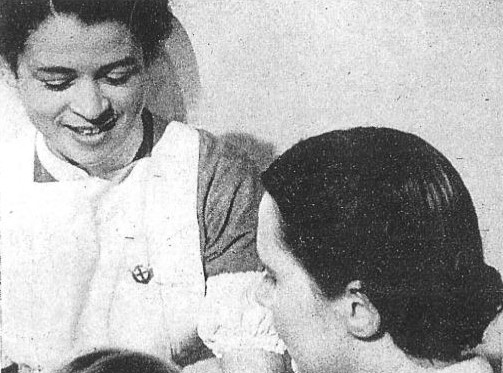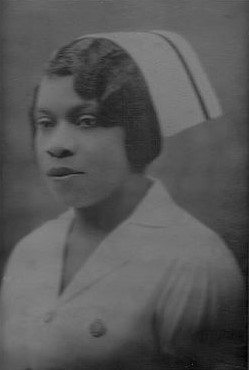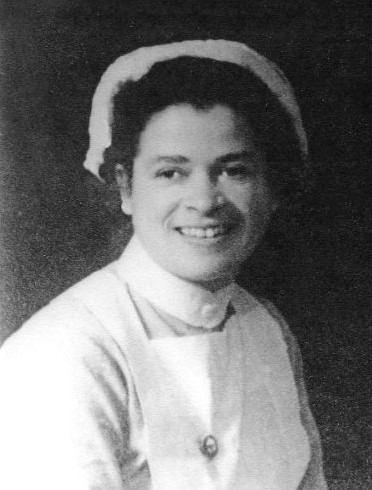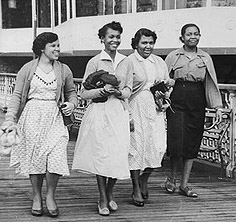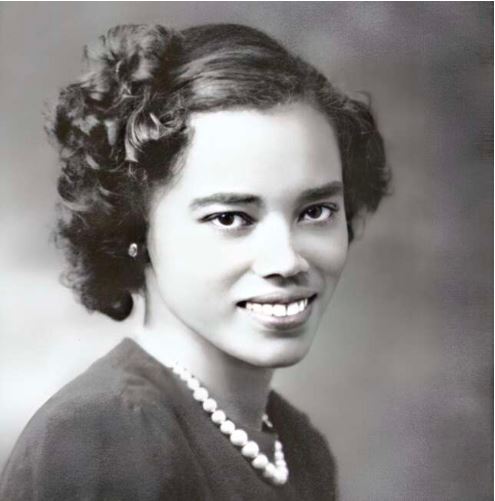Today, nursing workforces are often incredibly diverse and international, yet historically not all nurses have had equal opportunities. Neither have their work and stories been appreciated equally, both in the UK and more widely.
As this Black History Month draws to a close, reflecting on the theme “Reclaiming Narratives” is an opportunity to remember and take inspiration from these nurses who despite facing obstacles, carried out trailblazing work, paving the way for a better environment for all.
Based on research by Meredith Ebbin and Cecille Snaith-Simmons, and also from conversations with them, this article will focus on the journey that led to black Bermudians being able to work as district nurses and in hospitals in Bermuda. The racially segregated landscape of the time made this journey difficult, and I will focus on a few nurses, some being Queen’s Nurses, whose grit and persistence in their pursuit of a successful nursing career helped to break down these barriers.
